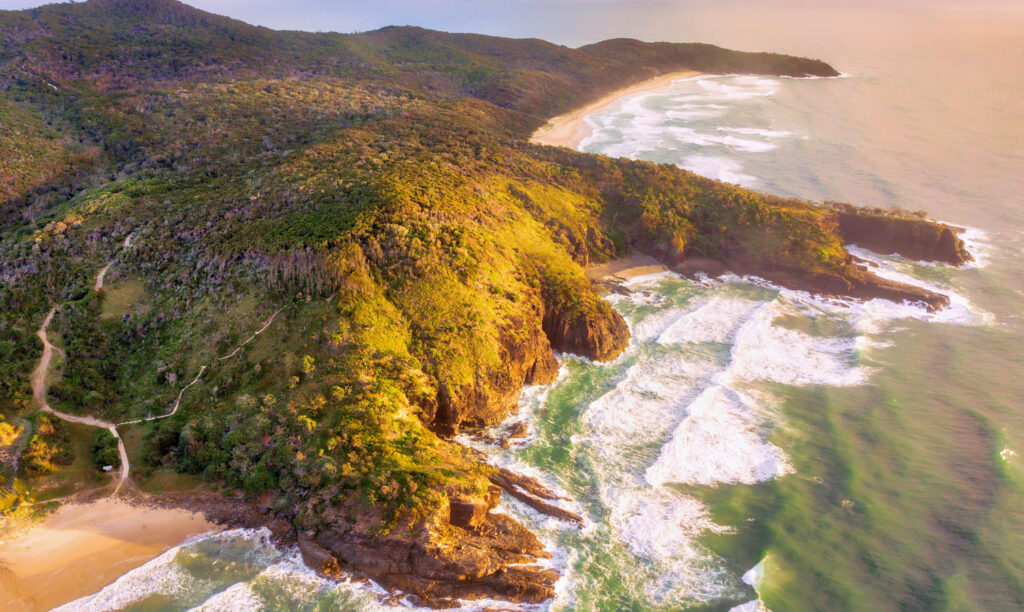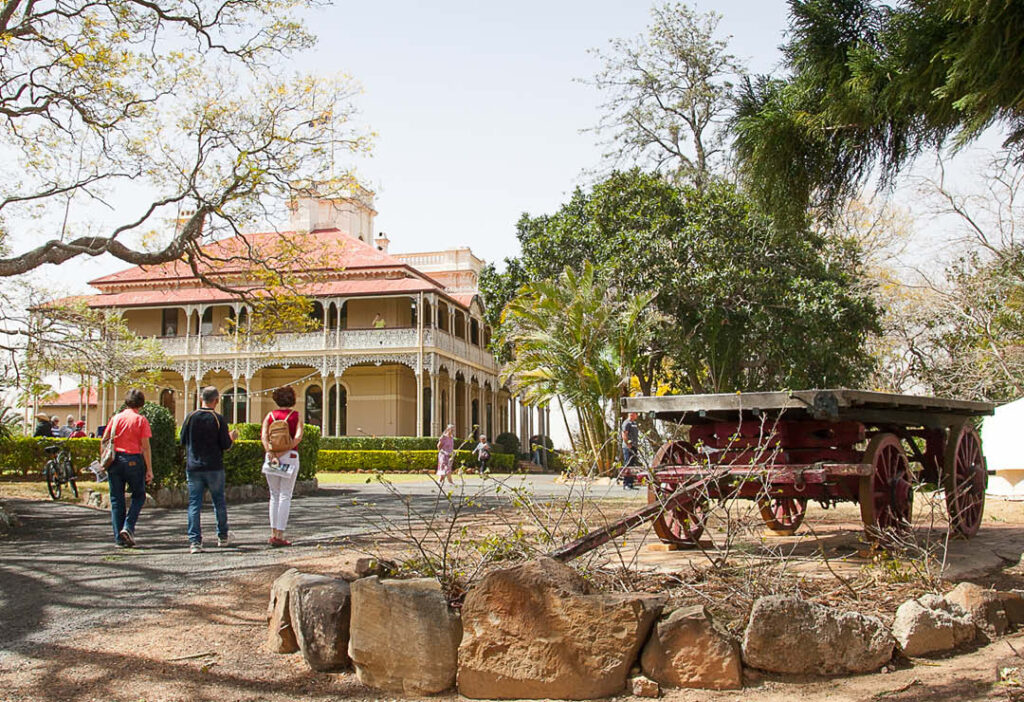Oct 16, 2024
Gold Coast Australia: Historical Landmarks to Visit
Nestled along Australia’s southeast coast, the Gold Coast is famous for its stunning beaches, vibrant nightlife, and thrilling theme parks. Yet, beyond its modern attractions, this coastal city is rich in history and cultural heritage, offering a plethora of historical landmarks that tell the stories of its past. Whether you’re a history enthusiast or just curious about the local culture, the Gold Coast has several sites that provide a glimpse into its storied history.
The Origins of the Gold Coast
The area now known as the Gold Coast has a rich Indigenous history, primarily associated with the Yugambeh language group. The Gold Coast region was traditionally home to the Aboriginal people, who lived sustainably off the land and waterways long before European settlement. Understanding this cultural backdrop is essential when exploring the historical landmarks of the area.
In 1823, the first European to explore the area was John Oxley, a surveyor and explorer who was struck by the natural beauty and resources of the coastline. However, it wasn’t until the late 19th century that the Gold Coast began to develop into the tourist destination it is today. The city’s rich history is reflected in several landmarks, each with its unique narrative.

The Southport School
Founded in 1901, The Southport School is one of the oldest independent schools in Queensland. Located on a picturesque campus near the Nerang River, this school has educated generations of local boys and is known for its impressive architectural style and dedication to academic excellence. The historical significance of The Southport School extends beyond its educational mission; it has been a community pillar, hosting various events and activities throughout the years. Visitors can explore the grounds and appreciate the school’s heritage-listed buildings, which reflect the early 20th-century architecture.
The Old Burleigh Theatre
The Old Burleigh Theatre, located in Burleigh Heads, is a significant landmark that has witnessed the transformation of the Gold Coast over the decades. Built in 1935, this art deco-style theatre originally served as a cinema before evolving into a venue for live performances. The theatre holds a special place in the hearts of locals, who remember it as a cultural hub where they enjoyed movies and performances. Although the theatre is no longer operational, its façade still stands, offering a nostalgic glimpse into the past and a reminder of the vibrant entertainment culture that once flourished in the region.
Tamborine Mountain
A short drive from the Gold Coast’s bustling beaches leads you to the serene Tamborine Mountain. This area is rich in both natural beauty and history, with significant Indigenous sites and early settler history. The mountain was first inhabited by the Aboriginal people, who utilized the land for hunting and gathering. In the late 19th century, European settlers began to establish farms and orchards, significantly impacting the region’s agricultural landscape.
Visitors can explore the Tamborine Mountain Heritage Centre, which showcases the area’s rich history through various exhibits and artifacts. Walking trails around the mountain lead to stunning lookouts and historical landmarks, allowing visitors to immerse themselves in the natural beauty and heritage of the region.
The Gold Coast Historical Museum
Situated in the heart of the Gold Coast, the Gold Coast Historical Museum is an essential stop for anyone interested in the area’s past. This museum houses a vast collection of artifacts, photographs, and documents that chronicle the Gold Coast’s transformation from a secluded paradise to a bustling tourist destination. Visitors can explore various exhibits that highlight the region’s Indigenous history, early European settlement, and the development of the Gold Coast as a holiday hotspot.
The museum also features interactive displays and guided tours that provide deeper insights into the historical significance of various landmarks across the Gold Coast. This museum serves as a valuable resource for understanding the city’s heritage, offering a compelling narrative of its evolution over the years.

Surfers Paradise and the Gold Coast’s Urban Evolution
Surfers Paradise, one of the most iconic areas of the Gold Coast, is a prime example of the city’s rapid urban development. Originally a quiet beachside community, it underwent a transformation in the mid-20th century as tourism boomed. Historical buildings, such as the original Surfers Paradise Hotel, which opened in 1957, played a crucial role in establishing the area as a tourist hub.
While the skyline is dominated by high-rise apartments and hotels today, remnants of the past can still be found. Walking through the streets of Surfers Paradise, visitors can appreciate the blend of old and new, witnessing how the area has evolved while still holding onto elements of its historical charm.
The Spit and the Gold Coast Seaway
The Spit is a significant geographical feature on the Gold Coast, separating the Broadwater from the ocean. This area has played a crucial role in the region’s maritime history, serving as a vital shipping route and fishing ground for Indigenous people and early European settlers. The Gold Coast Seaway, completed in 1986, further transformed the area, allowing for greater access to the waterways and enhancing its recreational potential.
Visitors can enjoy picturesque walks along the Spit, taking in views of the ocean and the city skyline. Historical markers along the path provide insights into the area’s significance, from its Indigenous heritage to its development as a marine recreational hub.
More Details